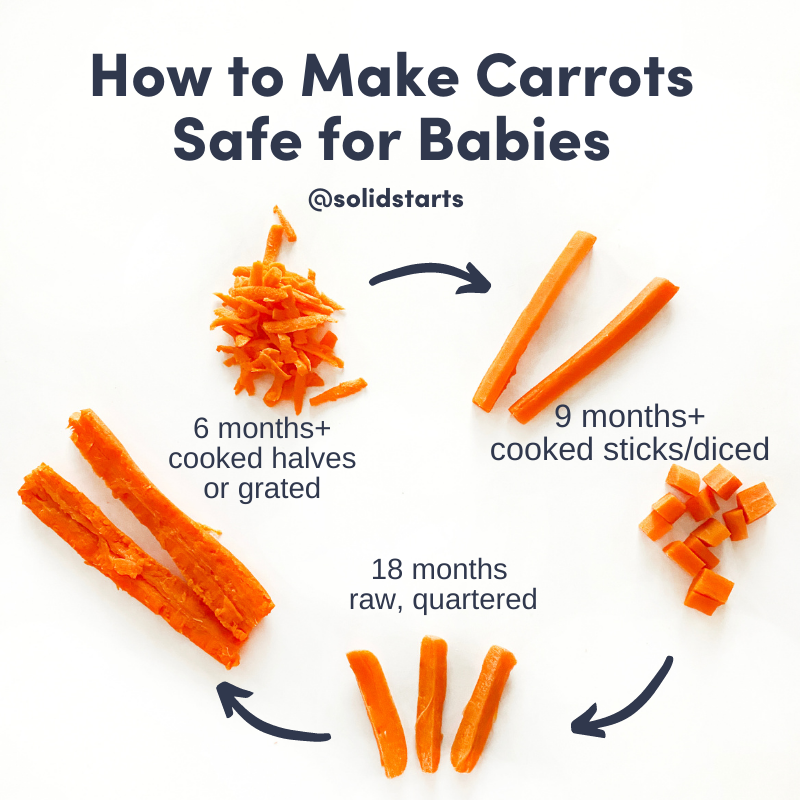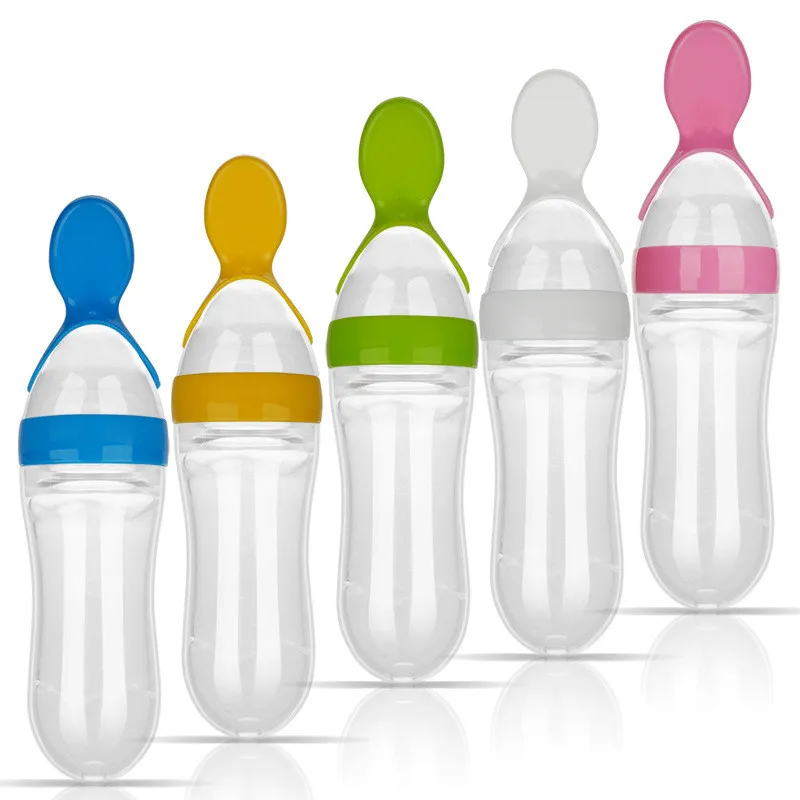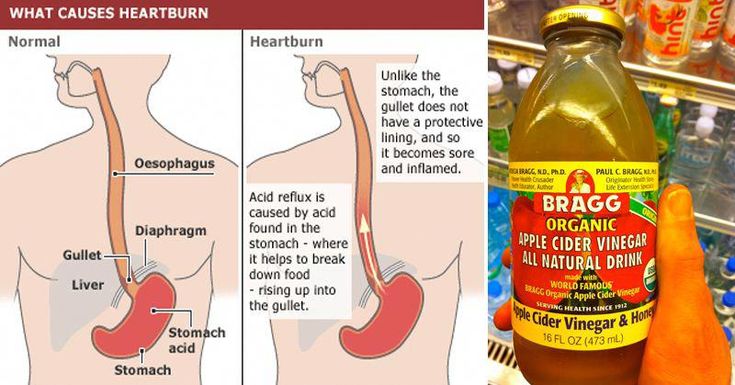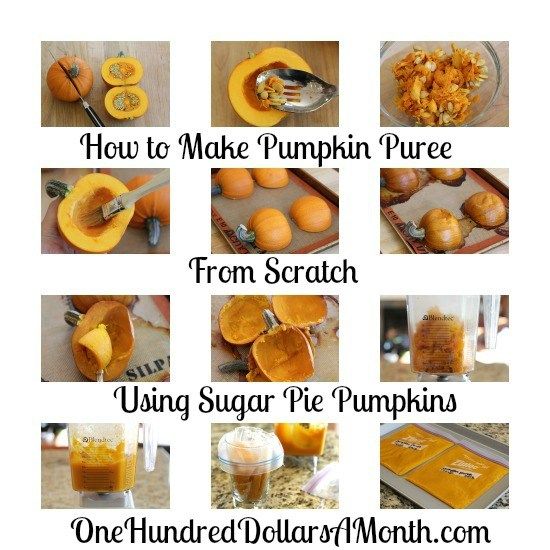Should baby food be warmed
Food Safety | Go to guide: preparing, freezing and reheating foods for baby
There’s no doubt that there are so many exciting things to think about when you begin your weaning journey with your little one; choosing a highchair, shopping for snazzy bibs, debating which cup and cutlery is best and deciding what amazing tastes to expose your baby to first… but it’s important not to forget that amongst all of this, any food you serve needs to be safe! Babies and young children don’t have the same immune system as us adults (or even older children) so food safety is essential. We need to make sure we’re extra careful with their little tummies!
It is estimated that there are 2.4 million cases of food-borne illness in the UK every year but it’s not just restaurants that cause food poisoning – cooking at home can also make you (or your family) sick. The good news is that there are so many things you can do whilst preparing food to prevent this happening. Below, we give our top tips for baby food safety.Keep it clean
When it comes to food safety, keeping clean is so important. In reality, this doesn’t mean having a ‘spotless’ kitchen but instead, a clean environment where you prepare food, with clean hands, using clean equipment! Here are some top tips to help you organise your kitchen and help you safely prepare meals for your baby and the rest of the family:
- Wash your hands – always wash your hands thoroughly before preparing any food, and particularly after handling raw meat
- Clean work surfaces – disinfect food preparation surfaces using a clean dishcloth before starting any food prep. If you can, use a paper towel squirted with antibacterial spray to clean surfaces after preparing raw meat and poultry as this will help to make sure that you don’t pick up food poisoning germs and spread them around the kitchen
- Clean utensils – make sure equipment is clean before you start using it and if you can, opt for colour coded equipment to reduce the risk of cross contamination between raw and ready to eat foods.
 Never prepare ready to eat food such as salad on a board that was previously used to prepare raw meat
Never prepare ready to eat food such as salad on a board that was previously used to prepare raw meat - Wash fruit and veg – they might be low risk foods, but bacteria can also be found on fruit and veggies too so don’t forget to wash these thoroughly under cold running water before serving to baby. If you’re using frozen veggies in baby’s food, make sure that these are cooked according to the back of pack information before serving to your baby.
- Don’t be tempted to wash raw chicken! – washing your chicken will not ‘wash off’ the bacteria (only cooking will make it safe to eat!). If you wash chicken, instead you are more likely to cause food poisoning by inadvertently spreading more bacteria around the kitchen.
Food Safety – Cooking food for your baby checklist!
Cooking veggies by steaming, boiling or roasting is pretty straightforward, but those first tastes don’t last for long and you’ll soon be branching out to more exciting foods for your baby to try, many of which may include meat or fish. Regardless of how you serve meat to your little one, it’s important to make sure that it is thoroughly cooked.
Regardless of how you serve meat to your little one, it’s important to make sure that it is thoroughly cooked.
Remember – just because it’s cooked on the outside, doesn’t mean it’s cooked on the inside! Here’s how you can check that meat is safe for your baby to eat…
- Use a food probe - checking the temperature of the thickest part of the meat is the most accurate way (and the way I would recommend) to check food is cooked, whilst also making sure it is not overcooked! If using a probe, make sure the probe is clean and the meat has a core temperature of 75C for at least 30 seconds.
- Cut into the thickest part of the meat to make sure there is no pink meat visible
- The meat must be steaming hot throughout
- Meat juices run clear
If you find your baby puree needs thinning after cooking, check out Jenna’s article Top tips for thinning baby purees
Cool foods quickly
I am a huge fan of keeping leftovers to use as an easy meal another day! After cooking, make sure you cool any leftovers and pop into the fridge or freezer as soon as possible. Never allow food to sit out on the side for more than 2 hours after cooking.
Never allow food to sit out on the side for more than 2 hours after cooking.
Be aware that simply putting your hot food in the fridge may not be enough to make sure it is cooled down quickly and safely. There are lots of things you can do to help speed up the cooling of food, such as dividing into smaller portions, using an ice bath or stirring regularly.
Keep leftovers for another day
Whatever your situation, whether you have children or not… reheating leftovers is always a good idea! As a rule of thumb, leftover food can be kept in the fridge and used within 2 days (1 day for rice) but if you want longer than this, then pop your leftovers in the freezer.
Even if you used raw meat or veg which was previously frozen, once cooked you can freeze the leftovers. Freezing “pauses” the growth of bacteria, locks in nutrients, prevents spoilage and ultimately helps reduce wastage!
Defrosting baby purees
If defrosting baby purees, the best way to do this would be overnight in the fridge and use within 24 hours. But, did you know that you can cook baby purees from frozen?!
But, did you know that you can cook baby purees from frozen?!
Reheating baby purees
Baby purees are often best served at room temperature, but don’t be tempted to partially reheat food for your baby to avoid having to wait for it to cool. Unless served cold straight from the fridge, baby purees should always be reheated until piping hot, which means steaming throughout, to kill off bacteria.
The best ways to reheat baby purees are:
- On the hob
- In the microwave
If cooking a portion of baby puree from frozen, make sure you increase the cooking time and stir regularly (every 20 – 30 seconds) to ensure there are no hidden hot spots and that the puree is evenly heated so it is piping hot throughout.
Remember that foods can only be reheated once so make sure you divide your puree into baby friendly portions before storing in the fridge or freezer!
We hope these tips and tricks have helped you become more confident when it comes to food safety for your little ones!
Jenna is a fully qualified Environmental Health Practitioner specialising in food safety and public health.
She obtained a first-class Batchelor (BSc) degree in Environmental Health and has since qualified as an Environmental Health Practitioner with the Chartered Institute of Environmental Health (CIEH). Over the past 12 years she has worked in both the public and private sector advising businesses on all things food safety and public health.
Since becoming a Mum to her 2-year-old little girl Mia, she understands first-hand how much things change when you have a little one to think about too! She has always been passionate about food safety and her mission as Food Safety Mum is to help give parents confidence when cooking at home or when eating out and about!
For lots more food safety advice, follow Jenna on Instagram
@Foodsafetymum
How long does baby food last? Plus, how to prepare and store everything safely
You’ve perfected your little one’s favorite carrot purée recipe and nailed it when it comes to petite portion sizes, but now you’re wondering: How long does baby food last? While, unfortunately, there isn’t a one-size-fits-all rule when it comes to storing baby food — a lot of it depends on the ingredients and how it’s prepared — there are definite guidelines to follow.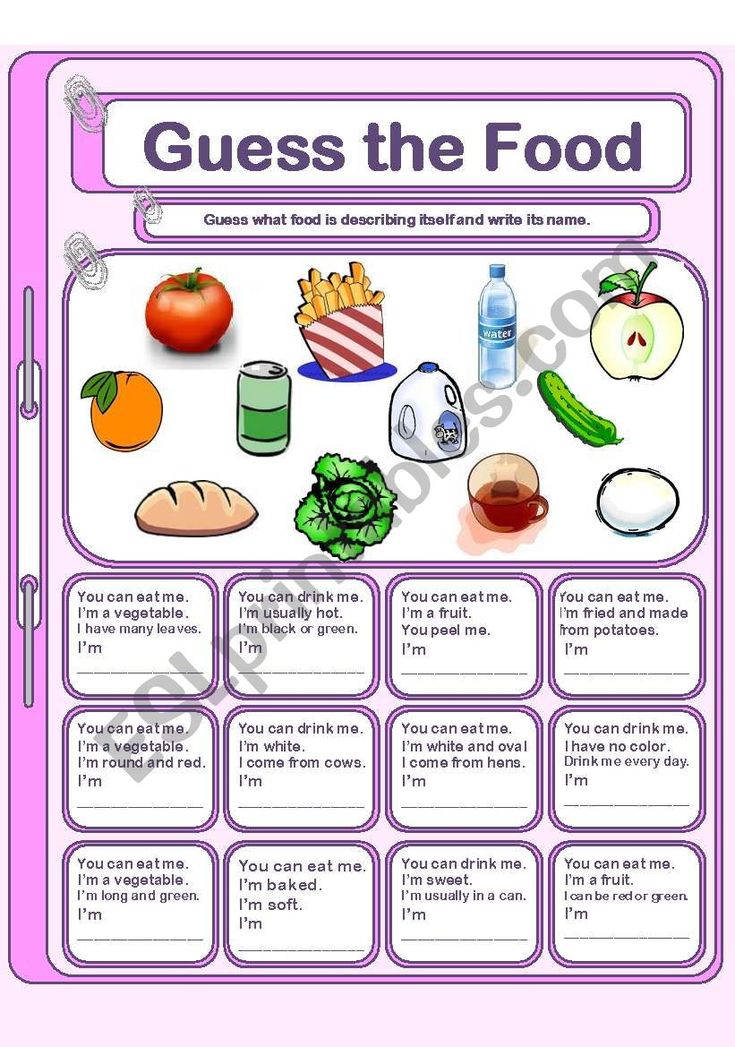
In addition to baby food storage, there also are safety precautions to keep in mind when making, serving and reheating your little one’s food. (Who knew baby food could be so complicated?!) From food prep techniques that minimize the risk of foodborne illness to the proper way to refrigerate, freeze and thaw foods, here are answers to all your questions about keeping your baby’s food safe.
Are you supposed to heat up baby food?
When opening a new jar of baby food, there’s no need to heat it up. You can serve it at room temperature. However, when serving leftovers or food that’s been previously prepared and refrigerated, your little one, like you, probably doesn’t want to eat it cold. (Also, heating it up will zap bacteria. More on that in a bit.)
Is it safe to heat baby food in the microwave?
“The best way to warm up food is either in the microwave or stove,” says Natalia Stasenko, a registered dietician, child nutritionist and owner of Feeding Bytes. “If microwaving, transfer the food into a microwave-safe bowl and heat on high for about 15 seconds for every four ounces. Before serving, stir it well to make sure there aren’t any hot pockets and test it yourself.”
“If microwaving, transfer the food into a microwave-safe bowl and heat on high for about 15 seconds for every four ounces. Before serving, stir it well to make sure there aren’t any hot pockets and test it yourself.”
When reheating foods that contain meat or eggs, Stasenko recommends using the stove since the “high fat content may create overheating.”
How do you cook frozen baby food?
According to the Partnership for Food Safety Education, you should choose one of the following three ways to thaw food that’s been previously cooked and frozen:
Once food is defrosted, it should be cooked in the ways recommended above and then cooled to a lukewarm temperature before serving.
What temperature should baby food be?
Bacteria have been killed once the internal temperature reaches 165 F. The best way to ensure refrigerated or frozen food has been sufficiently reheated is to check it with a food thermometer.
Can you save leftover baby food?
Storing baby food once it’s been opened or freshly made depends on both the ingredients, as well as how it’s been prepared.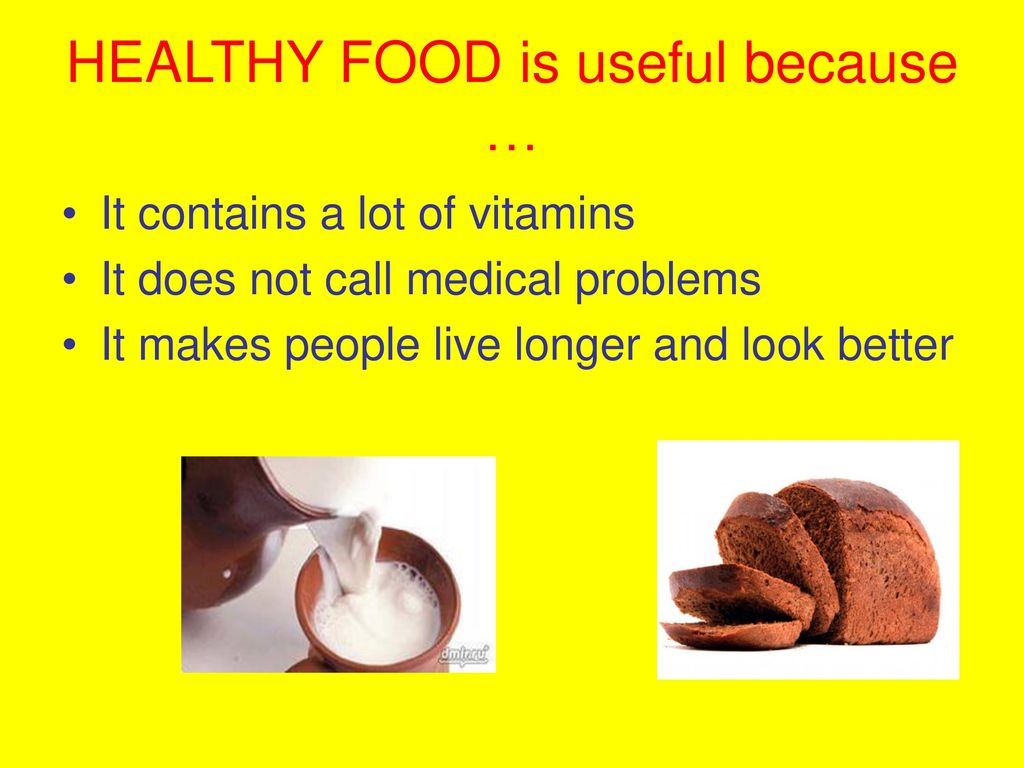 Typically, store-bought food lasts a bit longer than any foods you make from scratch.
Typically, store-bought food lasts a bit longer than any foods you make from scratch.
Once you open a jar of baby food, place the unused portion in the fridge quickly. According to the Food and Drug Administration (FDA), baby food that has been opened but not refrigerated should be consumed within two hours — possibly less, depending on the food.
“Fruits and vegetables may stay out a bit longer, but meat and poultry should be placed immediately in the fridge to avoid bacterial overgrowth at room temperatures,” says Dr. Sara Siddiqui, a pediatrician and clinical assistant professor in the Department of Pediatrics at NYU Langone’s Hassenfeld Children’s Hospital in New York.
Is it OK to reheat baby food?
“Never reheat cooked food more than once,” Stasenko says. “Doing so can increase the risk of food poisoning.”
So after heating food up for your baby once, toss whatever goes uneaten, even if you didn’t serve it.
How long does baby food last in the fridge?
“Homemade baby food doesn’t last quite as long as jars and pouches from the store,” Stasenko says.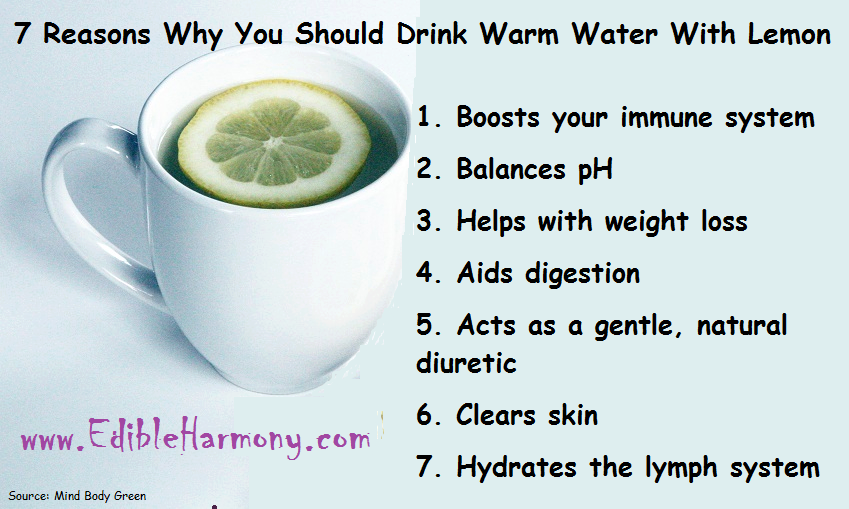
Here are some storage guidelines to follow for both store-bought and homemade baby food.
For store-bought baby food:“Generally, once opened, fruits and vegetables will last 48 hours in the fridge after opening,” says Siddiqui. “Meats, poultry and eggs should only be stored up to 24 hours.”
For homemade baby food:“Homemade baby fruits and vegetables should be used within 24 to 48 hours, storing any unused and uncontaminated portions in the refrigerator,” says Siddiqui. “Meats, poultry and eggs should be stored no longer than 24 hours.”
How long does baby food last in the freezer?
Baby foods can be frozen for up to three months, says Siddiqui, when they are stored in freezer-proof containers or ice cube trays that have been covered with heavy duty plastic wrap.
What are the other basics of baby food safety?
Every parent and caregiver making, handling or serving baby food should be aware of these standard safety rules.
Whether you’re making your own baby food or serving up store-bought goodness, it’s important to be sure everything — and we do mean everything — is clean for baby’s mealtime.
“Parents need to make sure all food prep surfaces, utensils, cutting boards and storage jars are clean and have been washed with hot, soapy water,” says Siddiqui. “Washing hands thoroughly and frequently during food prep and storage will reduce potential contamination, as well.”
The Partnership for Food Safety Education, a nonprofit food safety organization, also stresses the importance of having a designated spot for diaper changing, which — need we even tell you? — should never be the kitchen. And scrubbing up after a diaper change (pee or poo) should always be a nonnegotiable since — brace yourself — “hands contaminated with feces play a significant role in the spread of many bacteria and viruses that can cause food poisoning.”
If you have an older child who’s able to use utensils or pick up food on their own, make sure they clean their hands, as well. If possible, have them use warm water with soap, which has been proven to be more effective than hand sanitizers.
If possible, have them use warm water with soap, which has been proven to be more effective than hand sanitizers.
While the words “fewer dishes to clean” are music to any parent’s ear, serving your baby food straight from the jar isn’t recommended.
“In order to decrease contamination from normal germs found in saliva, it is best to remove the food that’s needed and serve in a separate container,” says Siddiqui. “Afterwards, discard any food from baby’s bowl that they haven’t eaten since, again, it’s come in contact with saliva.”
On the front-end, take steps to avoid cross-contamination during food prep.
“When making your own baby food, be sure to always use a separate chopping board and knife for raw meat and poultry,” says Stasenko. “Also, keep raw meat and poultry covered and separate from other products in the fridge.”
Carefully inspectIn addition to taking care to properly prepare, store and reheat food, read labels. When using store-bought baby food, be sure to both check the expiration date and make sure the jar lid “pops” when opening it. If it doesn’t, or if you notice chipped glass or rust under the lid, the FDA advises discarding the food. For baby food pouches, make sure the seal isn’t broken.
When using store-bought baby food, be sure to both check the expiration date and make sure the jar lid “pops” when opening it. If it doesn’t, or if you notice chipped glass or rust under the lid, the FDA advises discarding the food. For baby food pouches, make sure the seal isn’t broken.
Microwave baby food: can or can't be reheated
Microwave baby food is easy to reheat - saves a lot of time. Just a couple of minutes, and the job is done: milk, porridge or mashed potatoes are warm. But mothers are worried: does food become harmful if it is heated in a microwave oven? There are so many conflicting rumors about the influence of microwaves - what is true and what is fiction?
Useful or harmful
Microwave ovens have settled in almost every kitchen, save time for their owners, facilitate kitchen chores. The operation of a microwave oven is based on the action of electromagnetic waves. Microwaves are harmful to humans, so there is debate about the usefulness of food prepared with their help. Many scientists claim that food from a microwave oven is completely safe, stories about the remnants of radiation in it are a myth. The power is too low to somehow affect the body.
Many scientists claim that food from a microwave oven is completely safe, stories about the remnants of radiation in it are a myth. The power is too low to somehow affect the body.
Users ask if vitamins are preserved in the microwave. Yes, and there are more of them than in food prepared in the usual way. The reason is the short duration of the process. Dishes are prepared many times faster, less useful substances are destroyed. Another positive point is that there is no need to add oils and fats, so the food turns out to be dietary, almost like in a double boiler.
About breast milk
Breastfeeding mothers wonder if breast milk can be heated in the microwave. Definitely - no! Expressed milk must not be heated with microwaves. They act on immunoglobulins and other living components, kill them or at least change their structure. You will get from the cell not priceless food, but a little useful liquid, comparable to cow's milk.
Heating of mother's milk in the microwave chamber is strictly prohibited - it is heated only in warm water, in a water bath.

Is it possible to heat artificial mixtures
If you need to heat artificial food, it is better to use the old proven method - hot water. But you can still take advantage of the microwave oven: heat water in it, in which you put milk or baby puree.
If you need to warm up a bottle of formula in a café, ask for a large cup of hot water. Put the bottle in it and heat the mixture.
What pediatricians and gastroenterologists say
Children's doctors advise parents not to heat formula or heat milk in the microwave. In general, you should not cook food for kids in it - in any form, doctors insist. Disputes about the dangers of microwaves are ongoing, which means that it is not worth risking the health of a child. Manufacturers do not mention in the instructions for microwave ovens the possibility of using them for baby food.
Gastroenterologists are categorical in terms of breast milk: heating it with microwaves means radically changing the structure.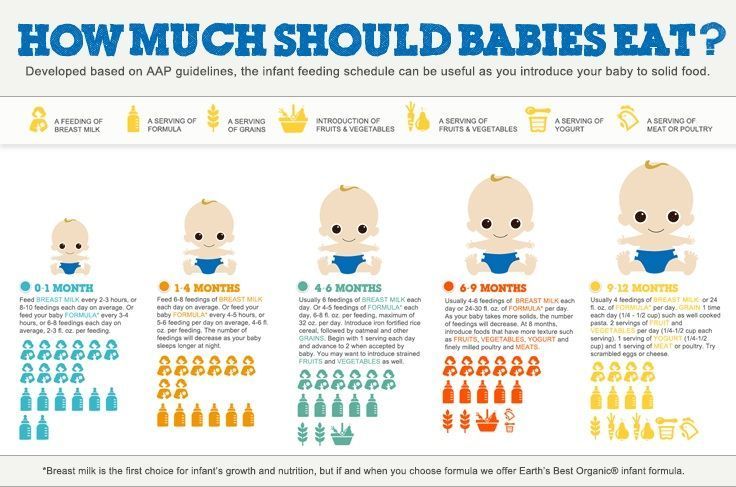 Amino acids of L-proline are transformed into toxic d-isomers. These connections:
Amino acids of L-proline are transformed into toxic d-isomers. These connections:
- disrupt the functioning of the kidneys;
- harm the nervous system.
Which bottles are best
Mothers pour their baby formula into bottles made of glass or plastic. It is recommended to use glass - they are safer. As it turned out, the plastic container contains bisphenol-A. When the plastic heats up, the phenol molecules are released and enter the contents. Animal studies have shown that after regularly eating food from heated plastic, health deteriorated. The impact on people has not been studied, but there is a risk - it is better to abandon plastic containers.
Polycarbonate dishes should not be boiled, microwaved or even washed in a dishwasher.
Take care of your baby, try to use the microwave oven only in extreme cases.
Is it possible to heat up baby food in the microwave
Microwave is present in almost every family nowadays.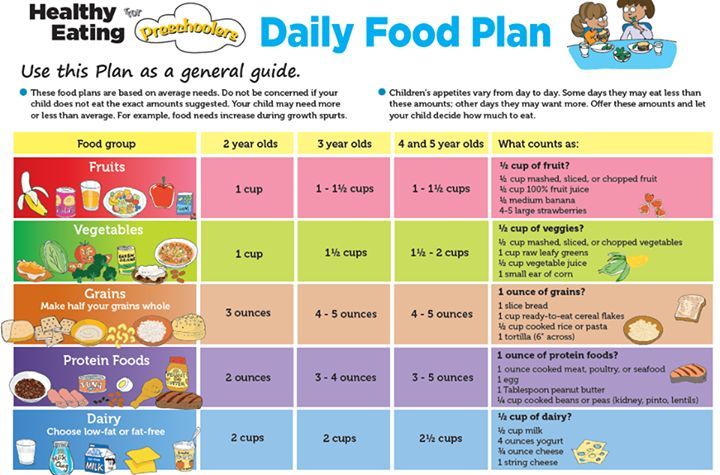 It has gained such popularity due to the saving of time, which is always lacking for housewives, and especially for mothers with children. At the same time, disputes do not cease around the household appliance. Without an exact statement about harm to health or, conversely, benefit, young mothers are looking for an answer to the question: is it possible to heat baby food in a microwave?
It has gained such popularity due to the saving of time, which is always lacking for housewives, and especially for mothers with children. At the same time, disputes do not cease around the household appliance. Without an exact statement about harm to health or, conversely, benefit, young mothers are looking for an answer to the question: is it possible to heat baby food in a microwave?
Harm-to-benefit ratio
Indeed, researchers say that microwaved food does not lose its beneficial properties, and given the short cooking time, vitamins are better preserved. There are no residual effects in the form of radiation in the products. Another plus is that when cooking, you do not need to add fats to food, so it is more dietary. The cooking method is almost steam.
Baby food in a plastic bottle
Despite the many positive qualities, no one undertakes to guarantee the complete safety of food heated in a microwave oven. Answering the question - whether to heat baby food in the microwave for babies, experts warn: it is undesirable!
Lack of recommendations based on long-term studies.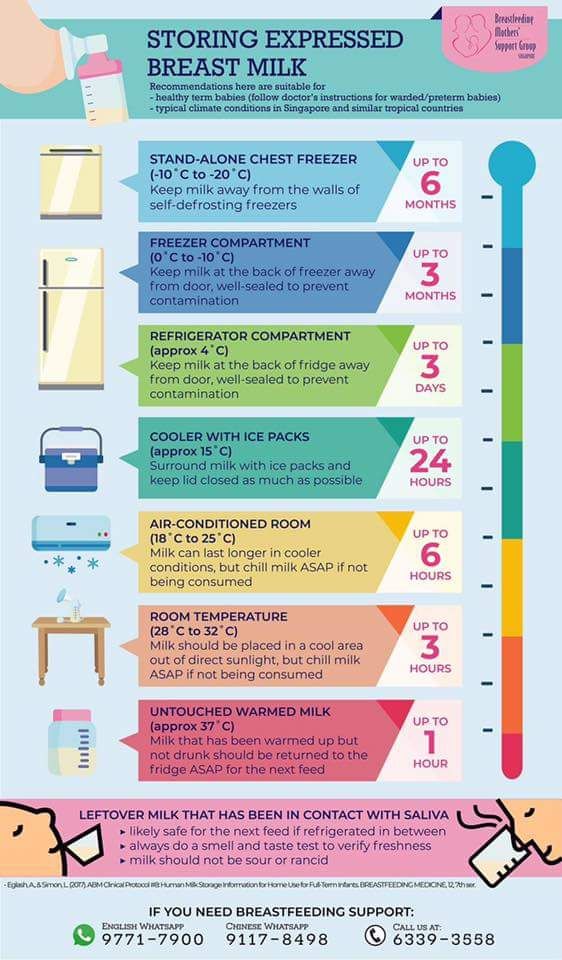 However, gastroenterologists say that breast milk heated in a microwave loses its beneficial properties. Microwaves destroy the amino acids L-proline, which are part of the natural diet and found in artificial milk mixtures. Moreover, microwave waves convert them into d-isomers. It is already known about their toxicity and negative effects on the body, in particular, the nervous system and kidneys suffer.
However, gastroenterologists say that breast milk heated in a microwave loses its beneficial properties. Microwaves destroy the amino acids L-proline, which are part of the natural diet and found in artificial milk mixtures. Moreover, microwave waves convert them into d-isomers. It is already known about their toxicity and negative effects on the body, in particular, the nervous system and kidneys suffer.
Tips and recipes
Microwaved baby food makes life easier for adults. But every mother will think about the health of her baby. Do not go to extremes.
Microwave water heater
Use your microwave wisely. Use the following warming recipe:
- Since milk cannot be heated, warm it up in the old way - in a container of warm water. But the water is easily allowed to be heated in the oven.
- If your baby is formula and you need to prepare formula, microwave water, not ready-made baby food. Having taken out warm water, you, as usual, can prepare healthy food.

Turn on the microwave
- Sometimes when walking around the city or being in a cafe, restaurant, it becomes necessary to contact the staff with a request to warm up the bottle. The right decision. Just do not give the mixture to warm up, but ask for a cup of hot water. In it, calmly warm the baby's food.
- If you still have to use a microwave oven for heating, keep in mind that you need to choose the lowest setting with a low temperature. Try to use glass bottles instead of plastic ones.
Heating mixture in warm water
Researchers have found BPA found in plastic bottles and containers. When heated, phenol enters the food. Animal studies have caused health problems. Of course, they did not experiment on humans, but there is a high probability of a health risk. Therefore, polycarbonate bottles cannot be boiled, heated in a microwave, or washed in a dishwasher. Better yet, glassware.
Feeding a baby
Whether it is possible to heat baby food in a microwave oven, each mother decides based on her life situation.

